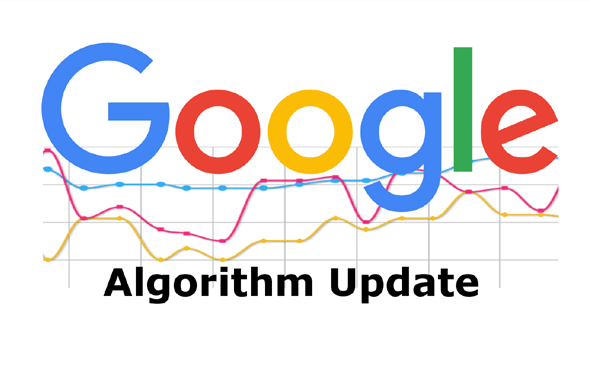Google’s John Mueller was lately asked approximately the March core algorithm replace and whether it softened the impact of preceding updates. Many sites that noticed a decline in scores after algorithm updates from the last 12 months see wonderful adjustments after this month’s middle replacement. In reality, the information shows that the tremendous majority of “winners” of this month’s update were “losers” of preceding updates. Is the March core set of rules replace certainly just a rollback?

The question:
A question became submitted to Mueller throughout these days’ webmaster hangout asking about the relation between the March core update and previous updates. “With the March twelfth middle set of rules update, there were many websites that saw superb motion that dropped closely for the duration of the previous replace. Was there a softening with anything rolled out in August?”
The answer:
Mueller couldn’t talk to the August 2018 core replace specifically, but it’s viable that Google made some changes. With each update, Google makes incremental modifications to matters that have been completed in preceding updates. Google does its first-rate to enhance matters; however, once in a while set of rules updates can pass too far in a single manner and not some distance enough in others. When Google recognizes imbalances, it will make the necessary tweaks whilst the subsequent replacement is rolled out. It’s no longer as even though Google will alternate something and keep it that manner regardless of the final results. Mueller says it’s regular for an algorithm replace to build on the changes made by using a previous replace.
Hear the entire query and solution beneath, beginning on the 20-minute mark
“I don’t know how this will relate to the updates in August. I mean, in trendy, when we make a set of rules updates, we do attempt to paintings with one country and work closer to a brand new nation. And occasionally, we enhance matters in which we understand perhaps the algorithm went a bit to ways, and occasionally we improve matters wherein we understand the set of rules didn’t go ways enough. So these type of incremental changes I suppose is completely regular with a set of rules updates in the standard.”Besides quality content, another main trust indicator is the amount and quality of links pointing back to your website, known as backlinks.
The same rule mentioned above applies here: choose quality over quantity! You can always find people offering hundreds and thousands of “quality” backlinks to your website for very little investment. Still, if some of them are “spammy” and not trustworthy, Google will mark your website as untrusted and will remove it from its search engine results page. Once Google has established your website as spam, it will require the double, triple, or quadruple amount of effort to help it bounce back. Quality backlinks are directly associated with Domain Authority (DA), a metric calculated by evaluating linking root domains, total links, and more that helps predict how a website will rank on search engines, like Google. Thus, for an effective SEO strategy, building and managing the link profile is crucial to improve its domain authority.











